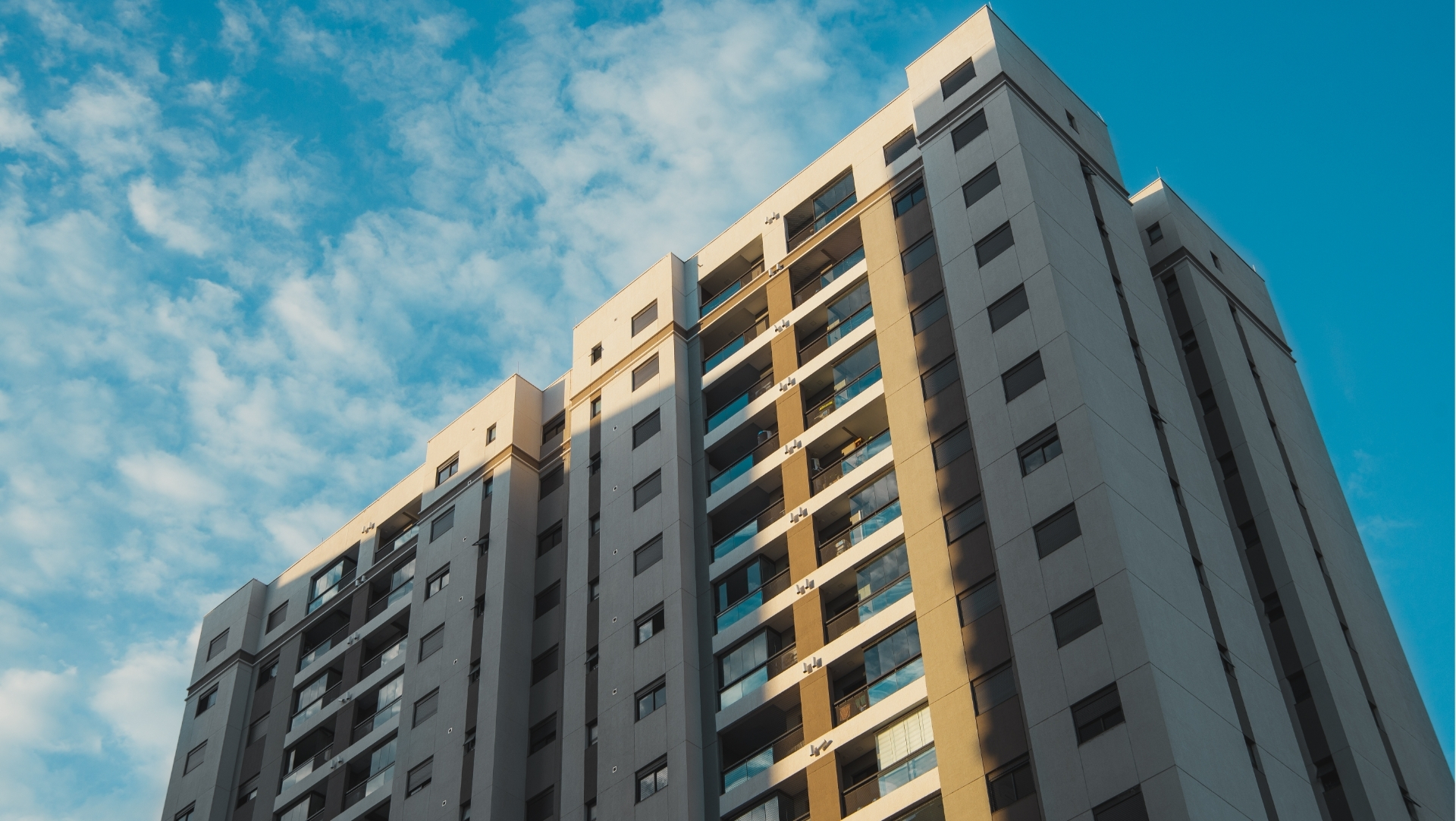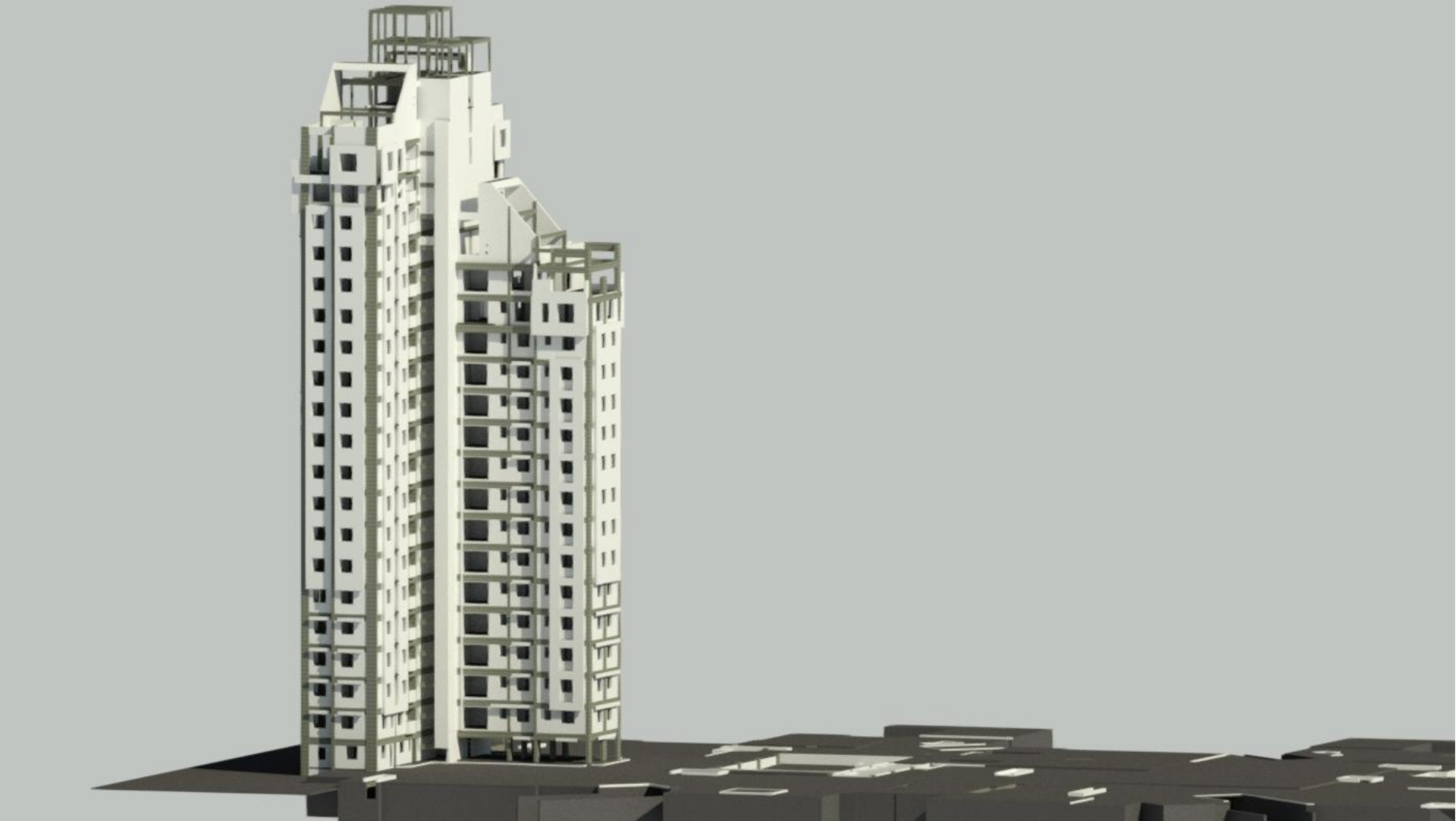The Challenge
A leading construction and real estate firm in Kolkata approached Desapex with a critical need As-Built drawings that mirrored on-site realities with millimetre-level precision. These weren’t just routine drawings. They needed to become the blueprint for all upcoming interior and structural planning. In a live construction site where time and accuracy go hand-in-hand, there was zero room for error.
Client’s Initial Hurdles
- The site was already partially constructed, making traditional manual measurements inefficient and error-prone.
- Structural details like lintel beams were difficult to detect visually.
- The deadline was strict just one month for a 3 lakh sq. ft. facility.
- The only input provided was a master plan image in PNG format, with no access to existing CAD or Revit files.







